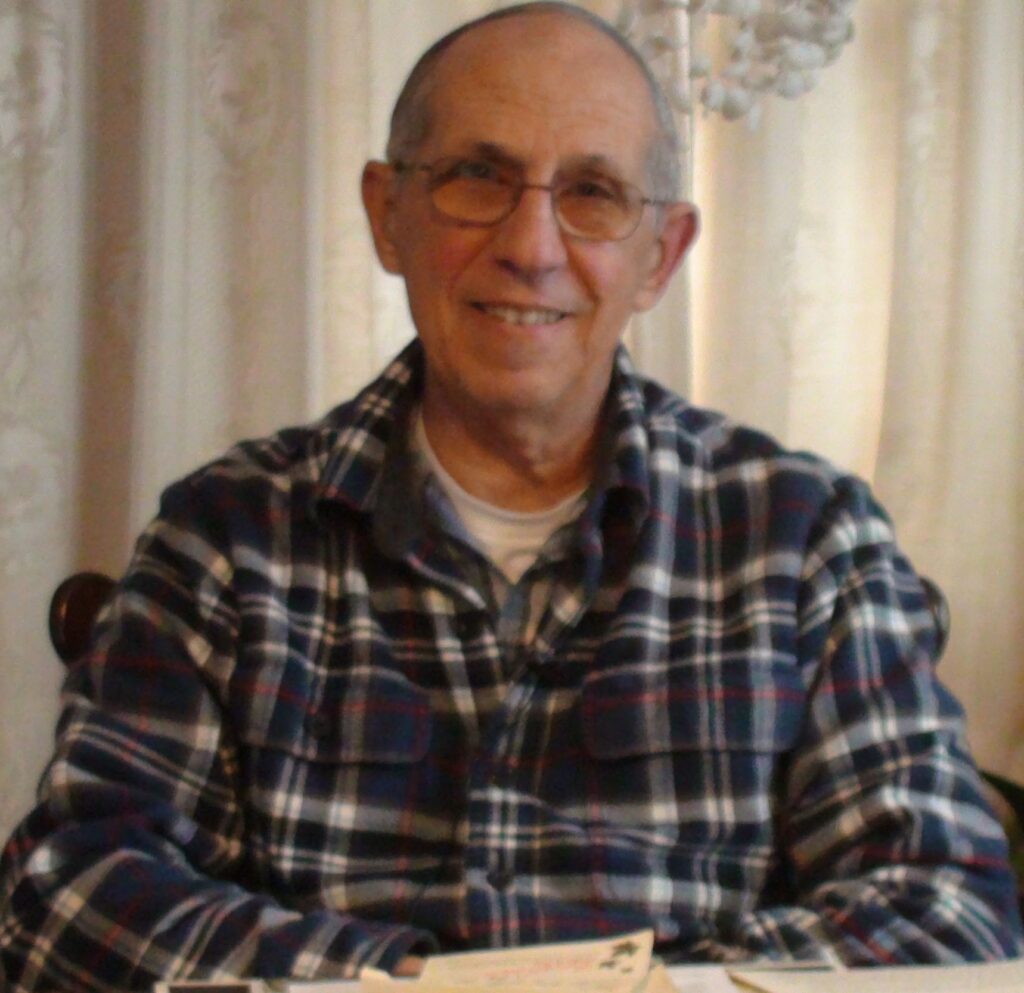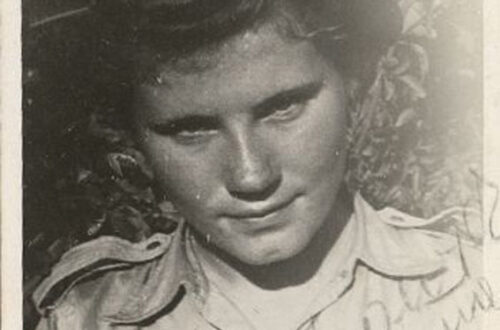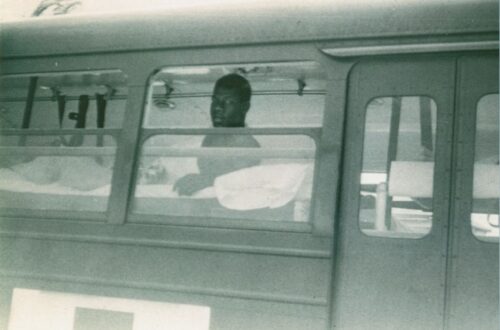Stories: Lawrence Davino
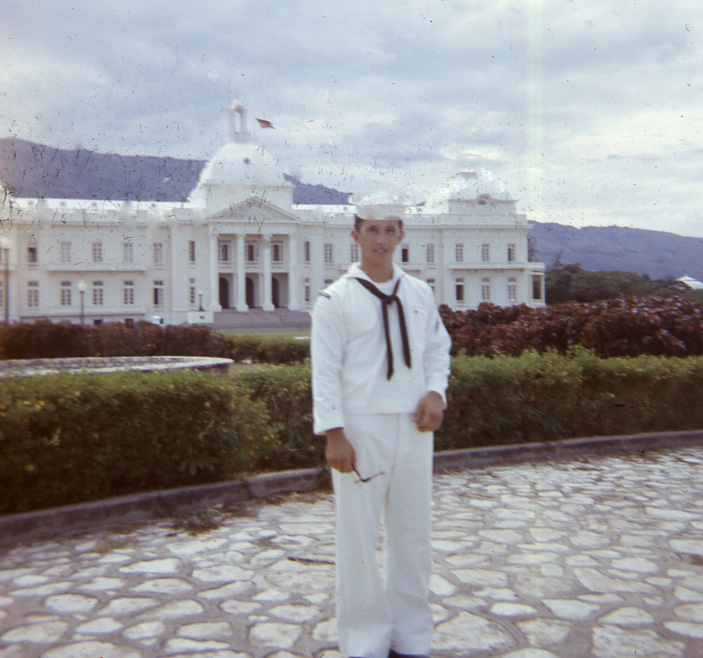
Millions of men and women served in the United States military throughout the 20th century. Connecticut is home to veterans from the First and Second World Wars, the Korean War, Vietnam, Iraq, and Afghanistan. But from the end of the Second World War in 1945 to the fall of the Societ Union in 1991, millions of men and women served during what is known as the Cold War. The Cold war was fought through the proxy wars such as Korea and Vietnam but no official declaration of war was declared between the Soviet Union and America. While the men and women who joined the American military during the Cold War did not see combat, they trained and prepared for a war with Russia that many people thought would become reality.
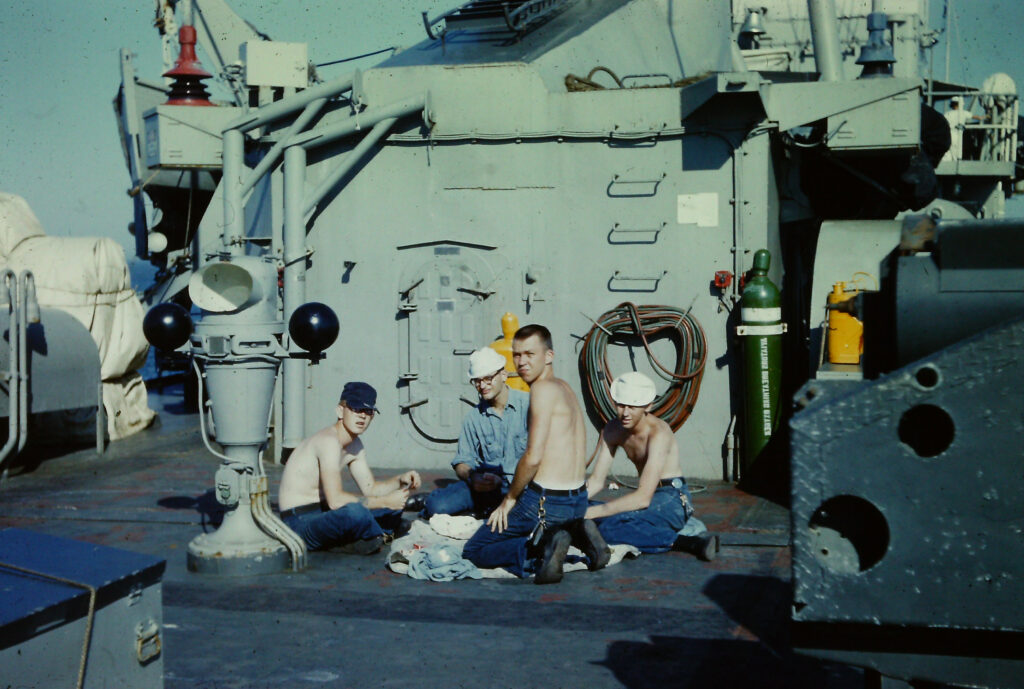
Lawrence Davino enlisted in the navy with his best friend on the 14th of August, 1957. Through a program called the “Kiddy Cruise,” Lawrence and his friend joined at the age of 17 and went through a portion of Boot Camp with each other. The program also allowed them to serve only three years in the navy rather than the traditional four years of service. However, a couple of weeks in, Lawrence and many other enlistees became ill with the Asiatic flu. He did not graduate boot camp with his friend nor with most of his platoon.
Lawrence joined the navy after high school because he did not know what to do next with his life nor did he want to get drafted in any future conflicts. He chose the navy in specific as it was his best chance to see the world, to go to a multitude of foreign countries, as there were no conflicts that America was involved in at that moment.
After boot camp, Lawrence went for schooling for technology and communications at the Great Lakes Training Center to become an electronic technician-communications. After his final exam in 1958, he was assigned the destroyer escort radar picket ship, the USS Kretchmer that was in dry dock getting outfitted with new electronic equipment. Lawrence’s job was to maintain, operate, and install equipment onboard the vessel.
The first assignment for the 180 man crew of the Kretchmer was to first head to Guantanamo Bay, Cuba to measure the field the radar antenna was capable of covering. Afterward, the ship sailed to Port Au Prince in Haiti, where Lawrence was exposed to the outside world and was shocked to see the level of poverty of the capital city.
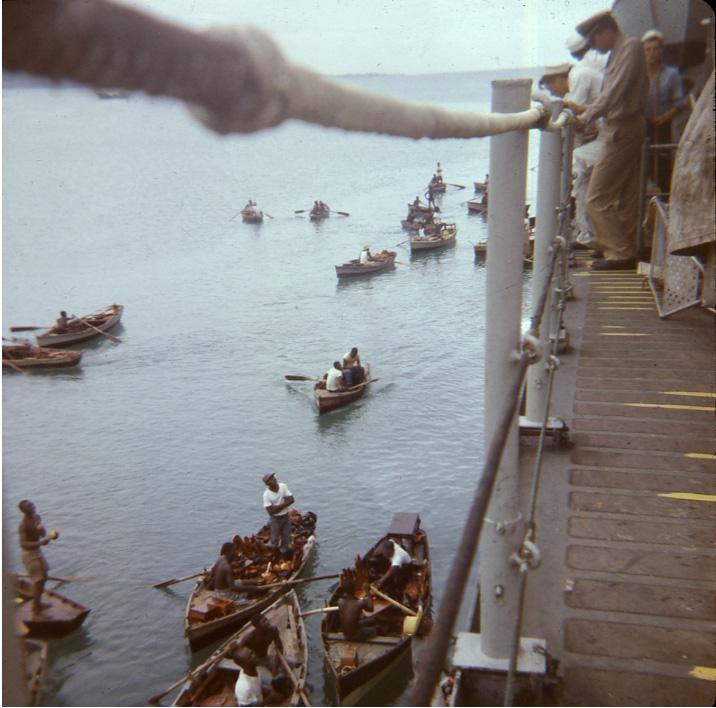
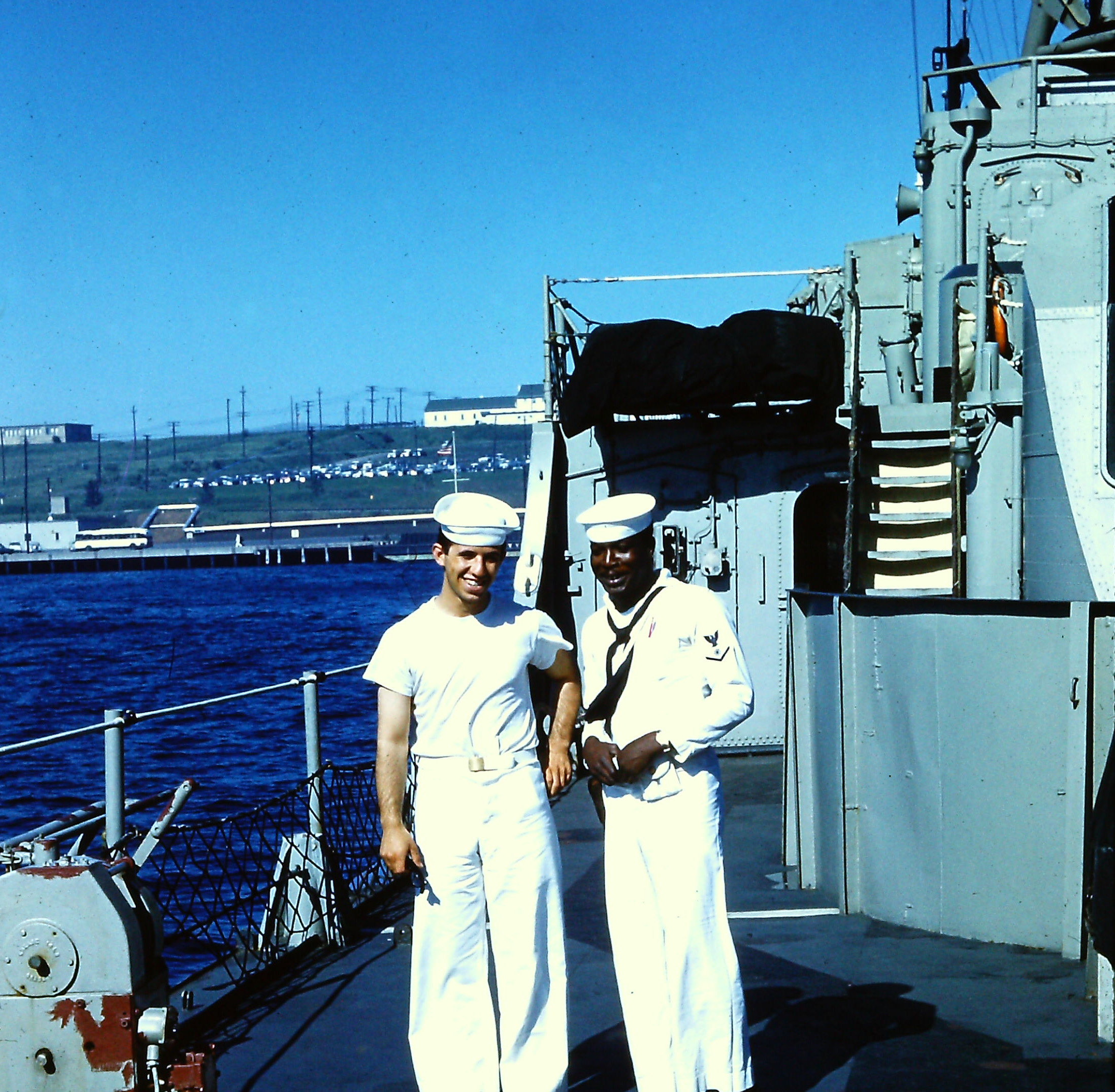

After a few days in Haiti, Lawrence and the Kretchmer sailed to Newport, Rhode Island to join Squadron 16 and to begin their assignment of “picket duty.” Picket duty was the term used to describe the task of radar-equipped ships. In the Atlantic, ships similar to the Kretchmer were stationed out at sea in intervals from New Foundland to the Azores to serve as an early warning system, similar to a picket fence lining a boundary, against Soviet attacks in the air, on the water, or under the ocean. The ships rotated clockwise every seven or eight days to one of four stations at sea, with a fifth station back in Rhode Island to restock and recuperate for a short period.

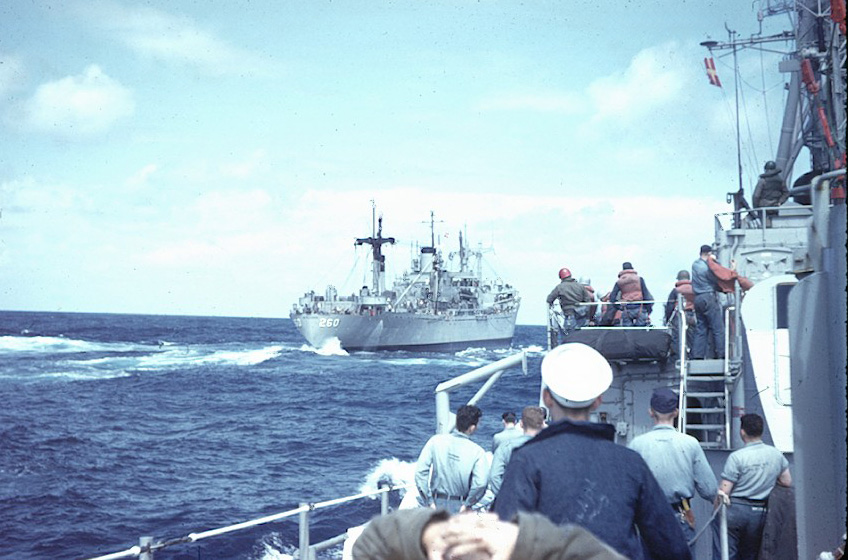
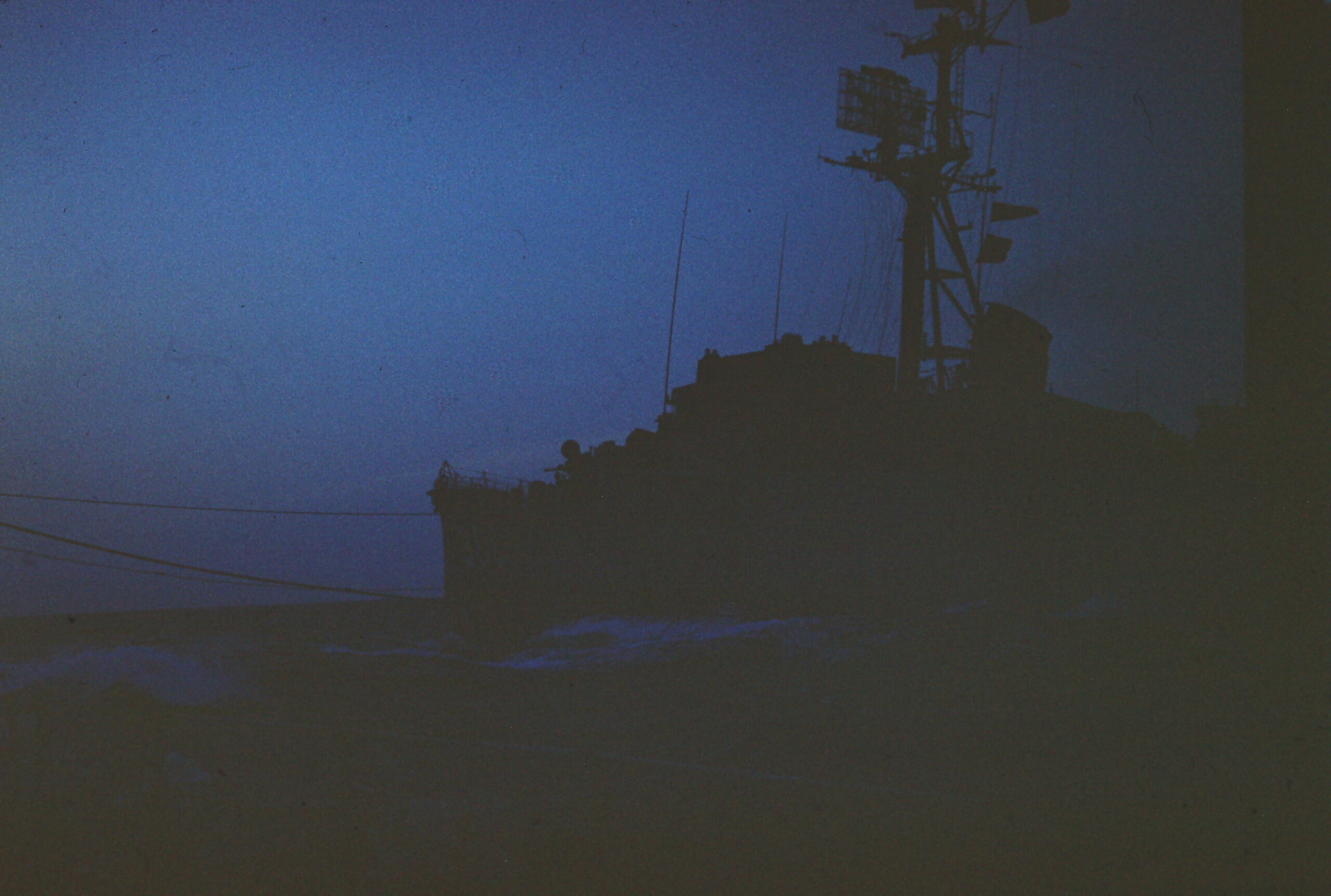
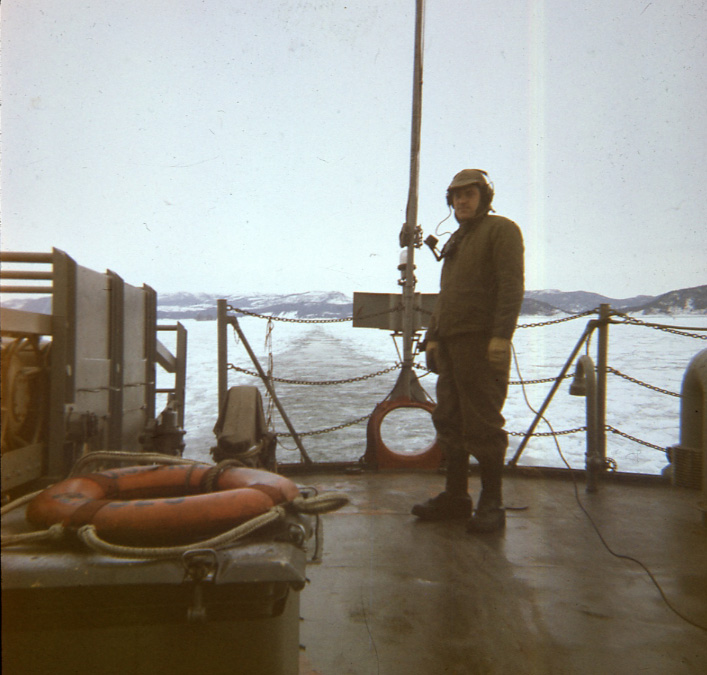
Lawrence and the rest of Squadron 16 waited, patiently, for an attack that would never come. In the meantime, the men amused themselves any way they could. Being so far out in the ocean, whale watching became a popular pastime. While in the hull, the crew kept their spirits up in a few ways. Some men pranked their fellow seamen from simple jests of turning the hot water off while they showered to mildly electrocuting each other. When not easing the tensions with humor, the men read and wrote letters to their families, wives, or girlfriends back home.

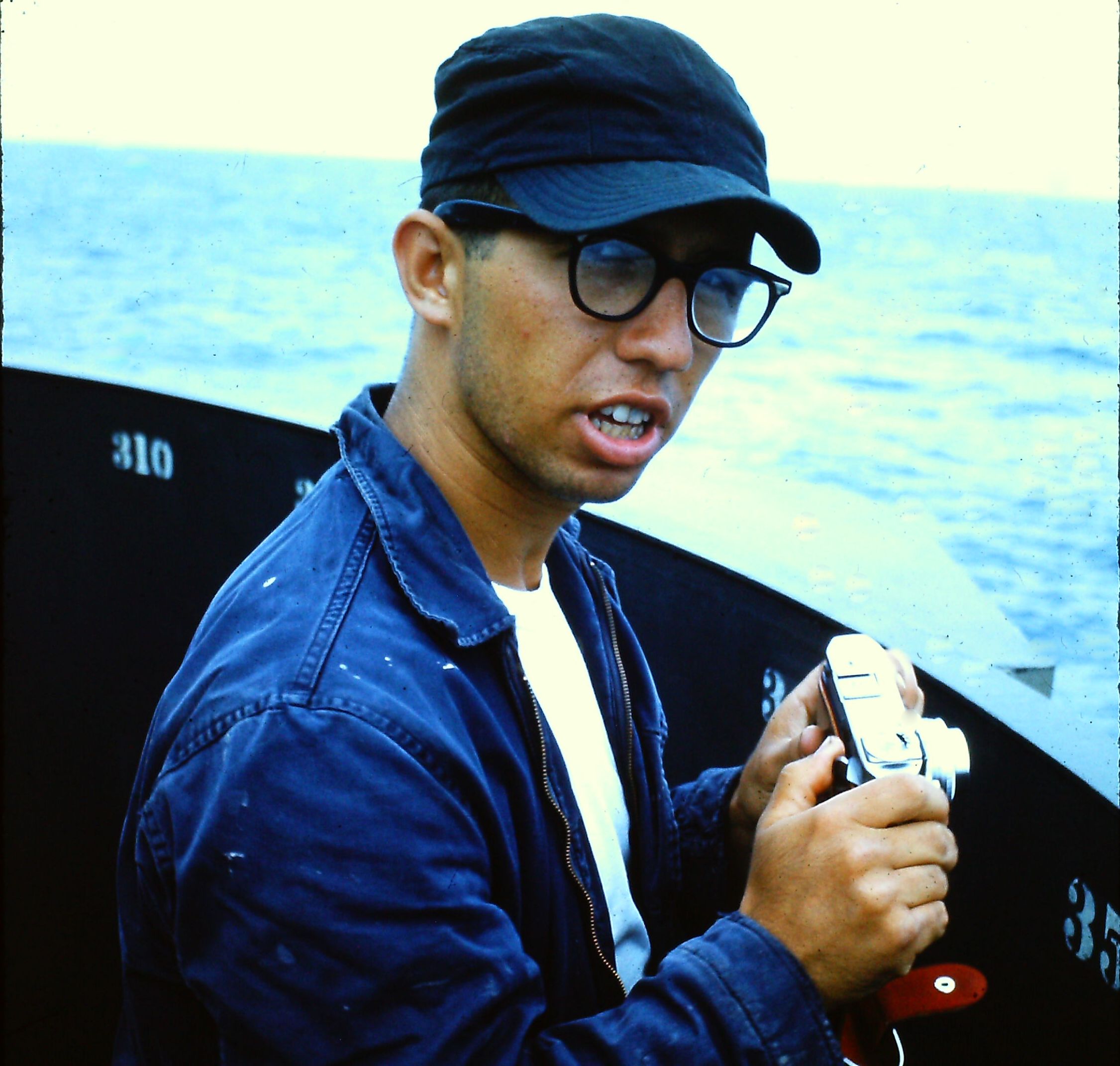

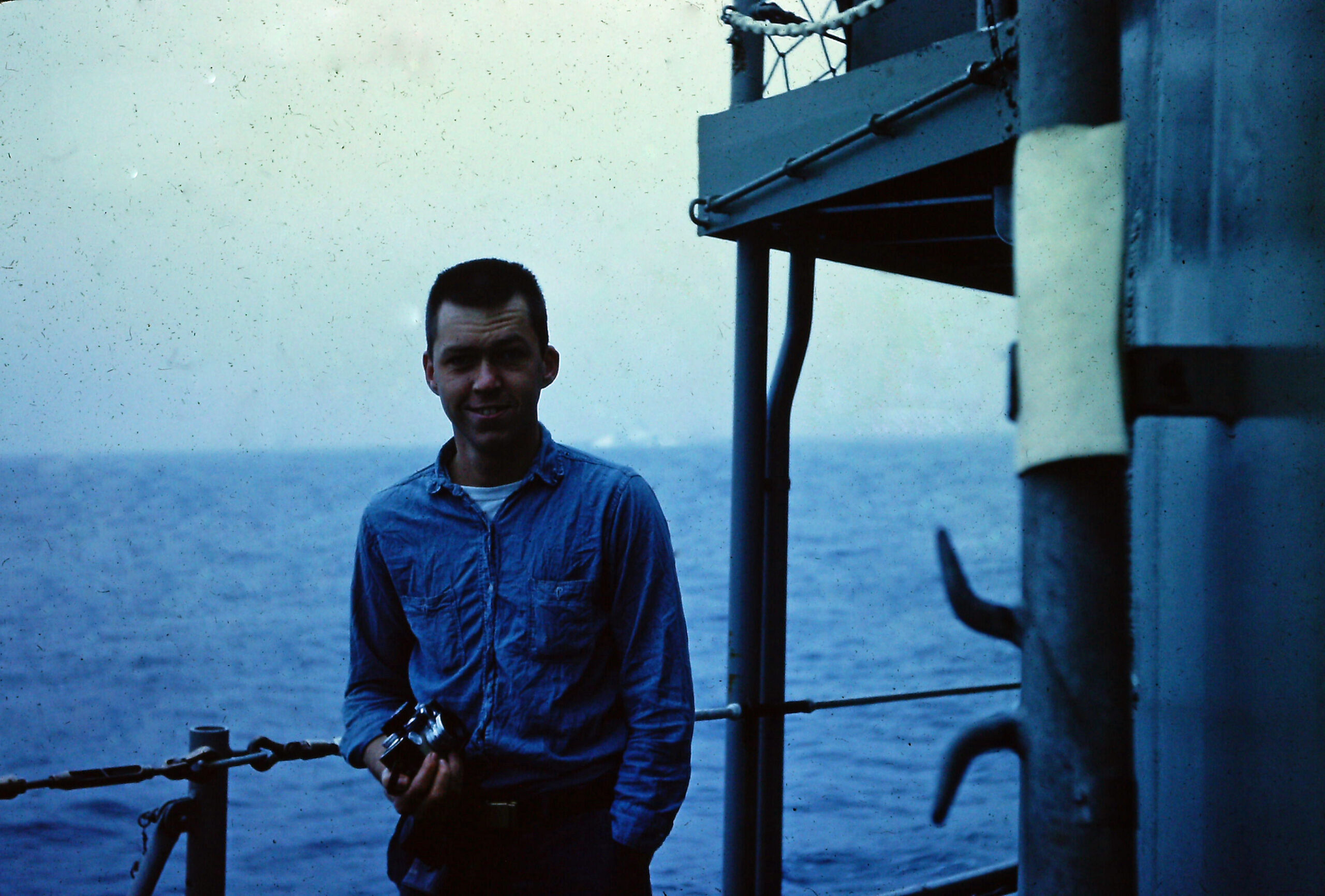
Lawrence’s dream of traveling the world, at Uncle Sam’s expense, did not pan out exactly how he envisioned. While others traveled to Germany, Italy, Australia, France, Japan, and Korea throughout their period of service, Lawrence only had one week of relaxation, called the Good Will Tour, to the Rotterdam, Netherlands.
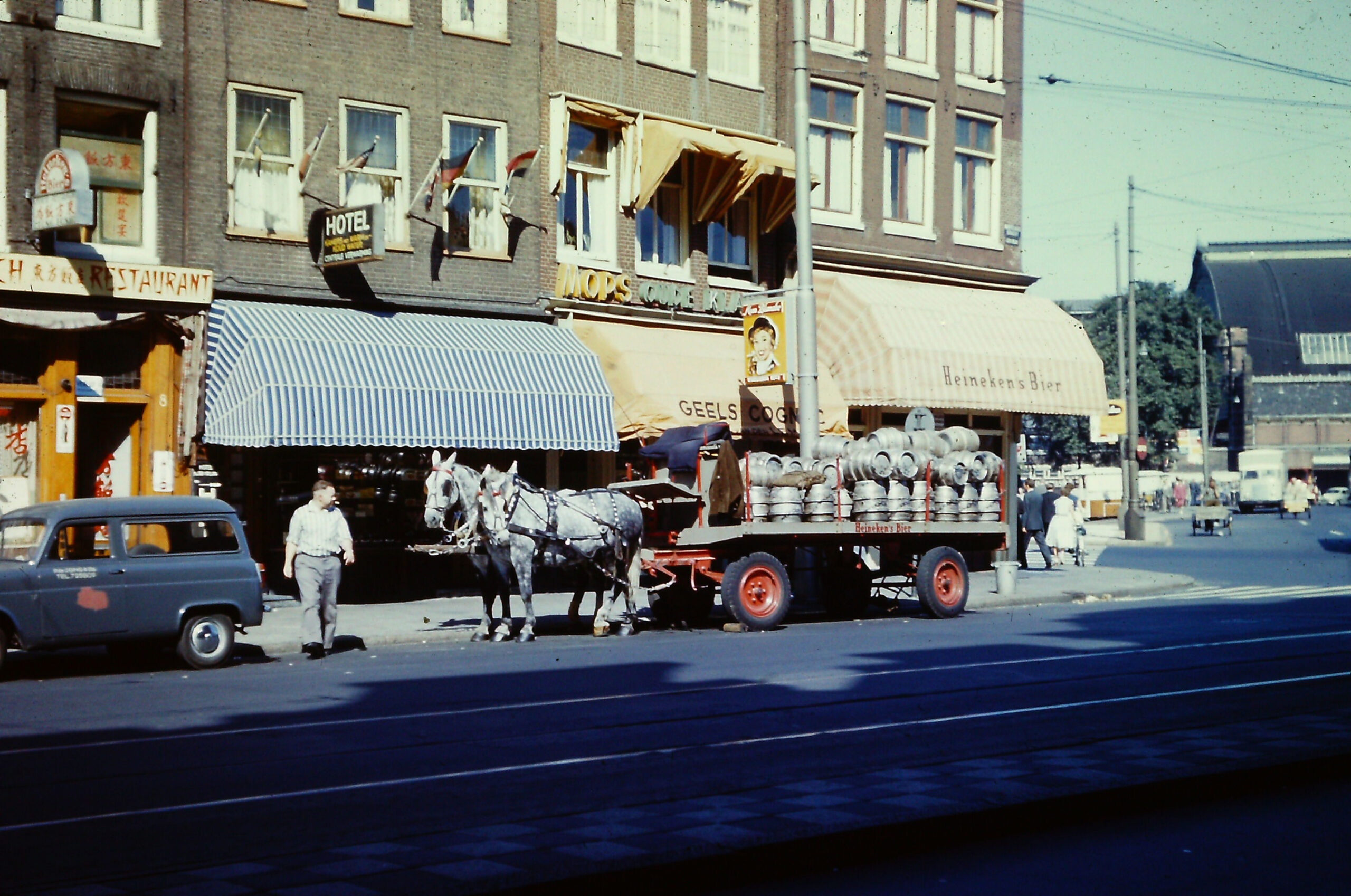

By his twenty-first birthday in 1960, Lawrence Davino left the navy and returned to the states. The following year, fall of 1961, he married his girlfriend who he kept in touch with through letters. Thanks to his education in the navy, and the G.I. bill that allowed him to further his education, he eventually got a job at Sutherland Telephone Company. He thanked his years in service for providing him with direction and education for his civilian life.
